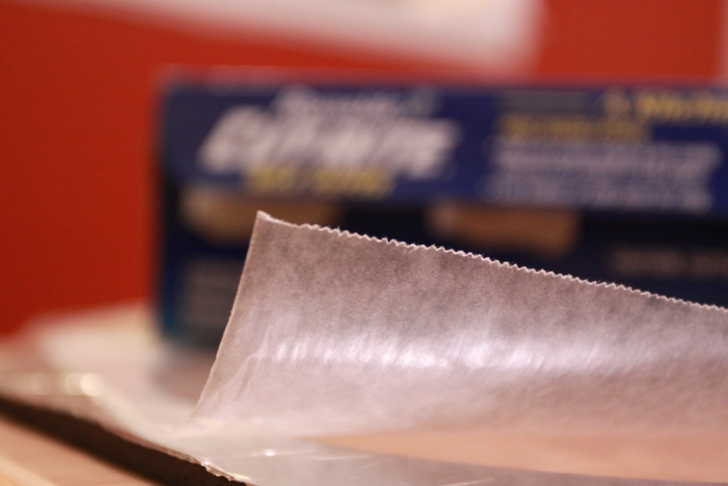What’s The Difference Between Parchment Paper And Wax Paper?
To a novice Baker, there doesn’t seem to be much of a difference between parchment and wax paper.
It’s the time of year when many of us head into the kitchen for a nice afternoon of baking. If you have this activity on your radar, there’s a mistake you don’t want to make. It comes in the form of a question that can make or break your day of baking. That question is: what is the difference between wax paper and parchment paper?
To a novice Baker, there doesn’t seem to be much of a difference between parchment and wax paper. They look similar, are both moisture resistant and they both have nonstick properties. It’s easy to see why they could get confused.
The problem comes when somebody opts for using wax paper to bake because it is less expensive than parchment paper. It’s a mistake that is pointed out by a recipe tester and editor for Taste of Home, Alicia Rooker. She says that wax paper has a layer of wax but parchment paper has a layer of silicon.

That leads us to ask another question, can you even put wax paper in the oven? The answer is no because the wax paper may be moisture resistant and nonstick but it does not have heat resistant properties. The paper may melt into your baked goods or it could even start a fire. “It should not be used to line pans if a food is going to be heated or baked,” Rooker says.
Although you should not use wax paper in the oven, it does have a place in the kitchen. Wax paper is excellent for wrapping cold foods, lining pans for no-bake bars or fudge, separating cookies or candies during storage, and rolling out cookie dough, Rooker says. You can even use wax paper in other areas of the home for fixing a zipper, polishing metal fixtures and a variety of other uses.
Parchment paper, however, does use silicone to create both a nonstick and heatproof lining. That combination is what makes it perfect for baking in the kitchen. Parchment paper is also grease resistant and moisture resistant and can be used at heats up to 425F so it is ideal for lining your baking pans, according to Rooker.
Now you know and you are ready to take your baking to the next level.
SKM: below-content placeholderWhizzco for CRH

